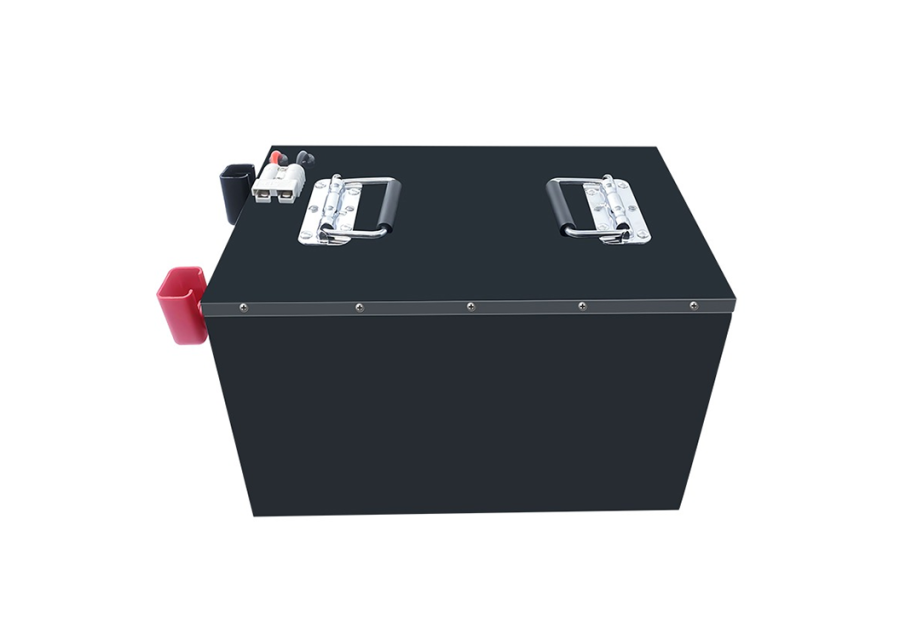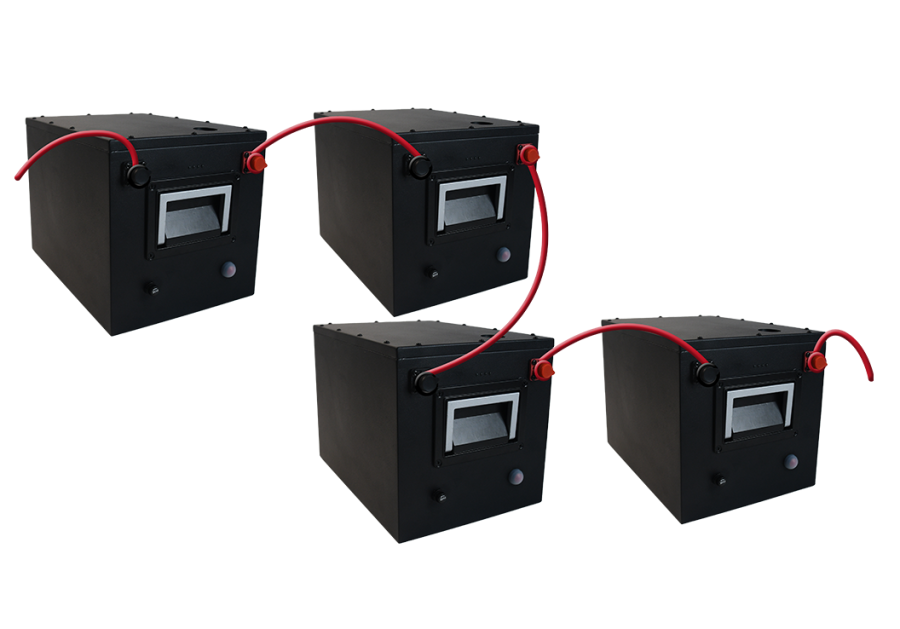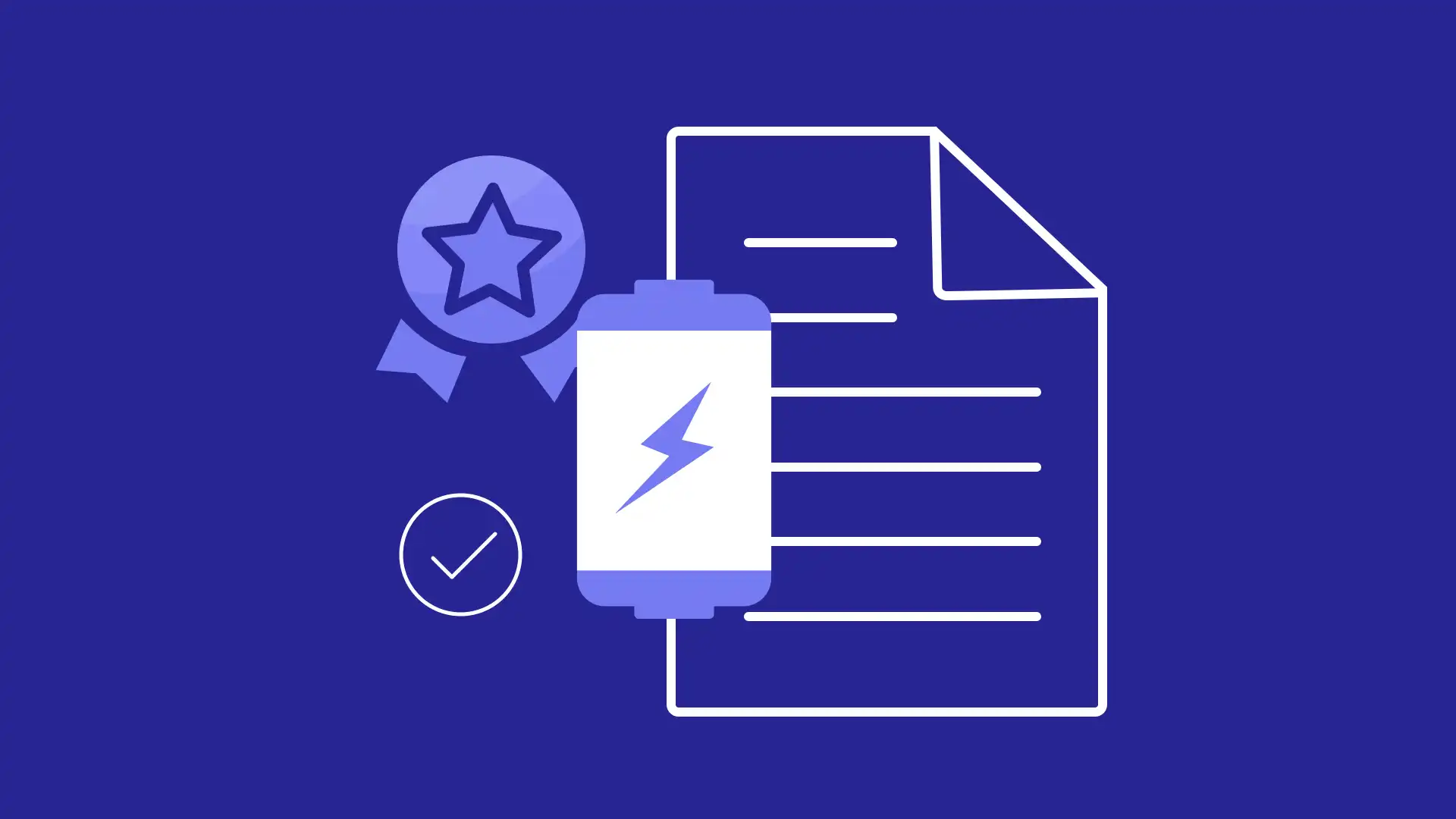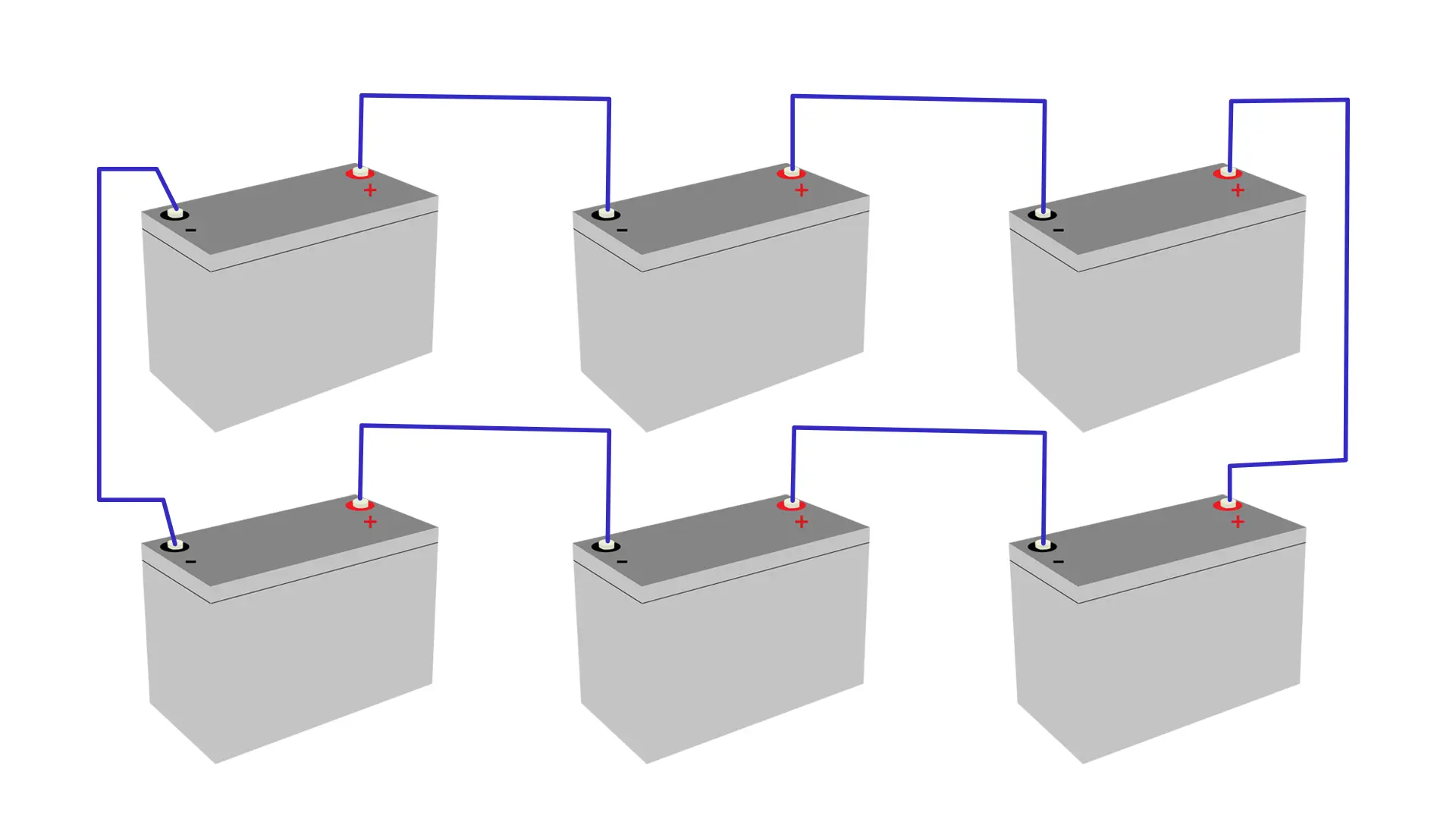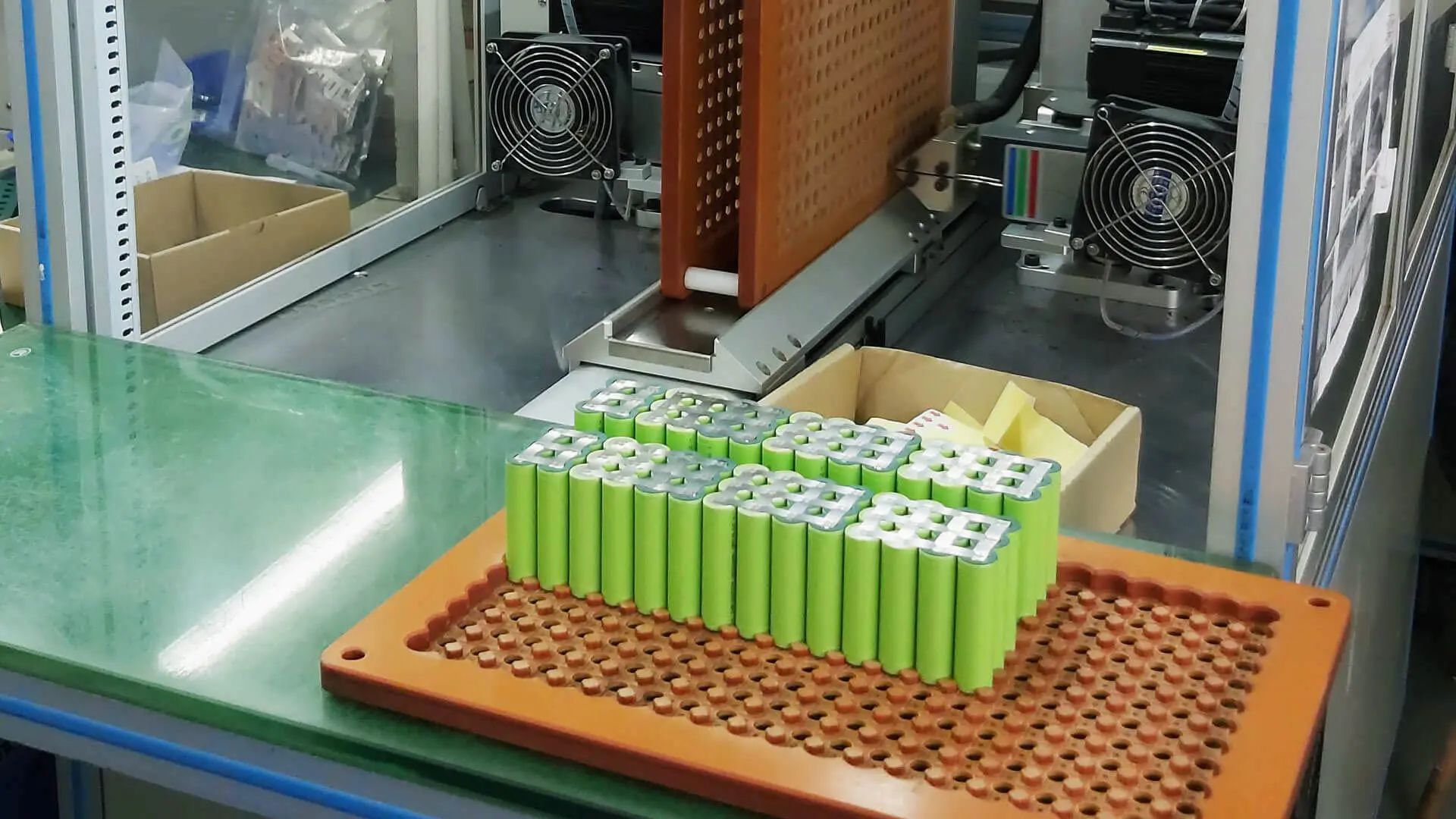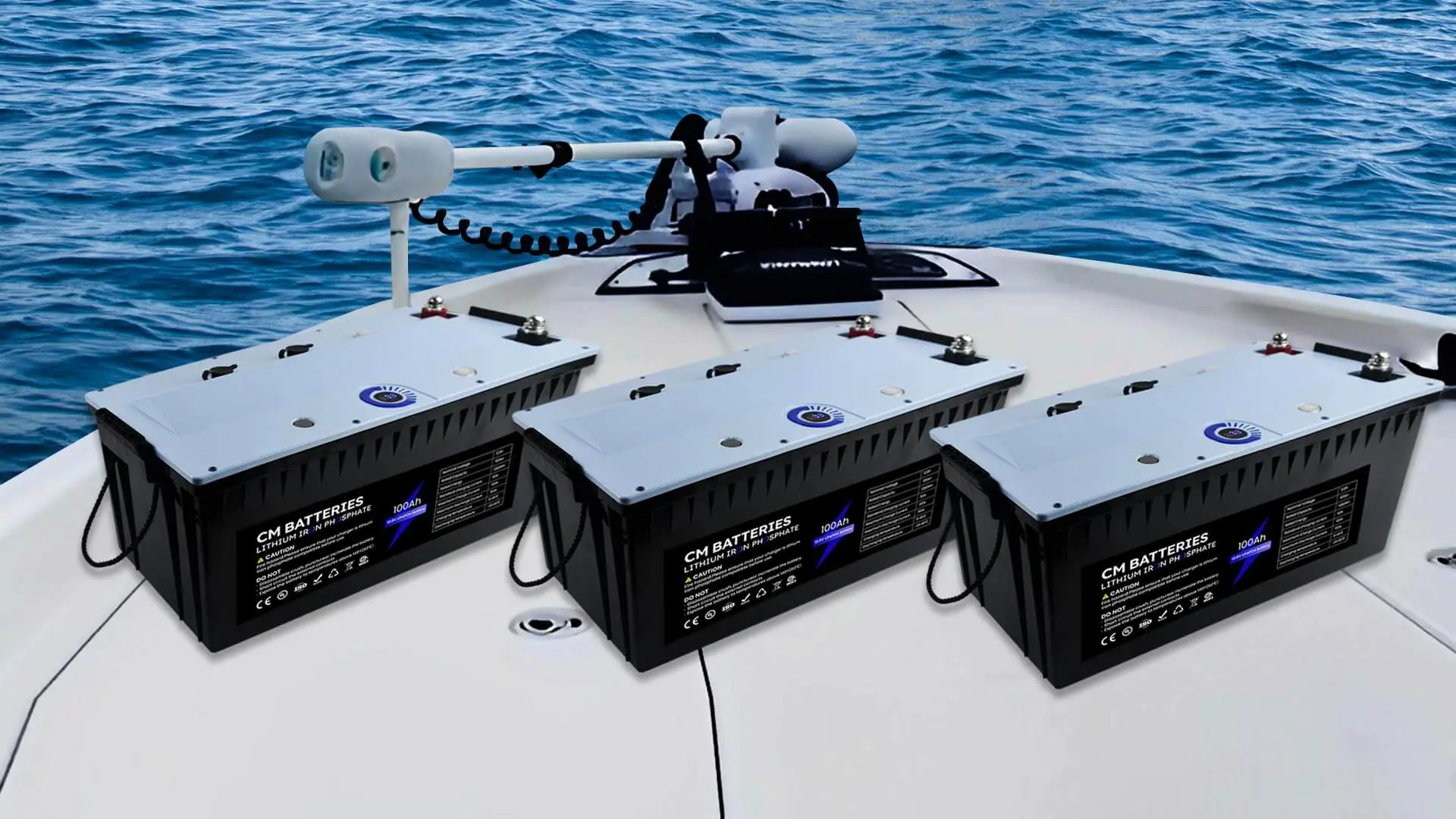In 2023, due to the new energy vehicles and energy storage lithium batteries two downstream industry demand growth, China’s lithium iron phosphate production capacity: 1.18 million tons in June 2022, in June 2023 there was 2.47 million tons, a year-on-year growth of 110%.
The supply or demand of lithium iron phosphate batteries continues to change in the market, the lifepo4 battery is gradually gaining widespread focus and applications. So let’s delve into what makes LiFePO4 batteries an extraordinary choice for a wide range of applications.
Introduction to LFP(LiFePO4) Battery
Lithium iron phosphate battery is also called LiFePO4 or LFP battery. We usually use the positive electrode material to give the battery name, the negative electrode is generally used to do the negative electrode graphite, such as ternary batteries, which refers to the positive electrode material used as the NCM or NCA, lithium cobalt cobalt acid batteries, is used as the positive electrode material lithium cobalt acid, similarly, lithium iron phosphate refers to the positive electrode used for the lithium iron phosphate material.
This table shows the specifications of a LiFePO4 battery cell.
| Cell Specification | LiFePO4 battery |
| Nominal voltages(v/cell) | 3.2V |
| Working voltage(v/cell) | 3.0-3.3V |
| Energy density(WH/kg) | 175 Wh/kg |
| Charge C-rate range(C) | 0.5-1.5C 1C typical |
| Discharge C-rate(C) | 2-10C |
| Minimum discharge voltage | 2.5V |
| Maximum charge voltage | 3.65V |
| Cycle life(1C) | ≥ 2000 (according to realistic situations) |
| Working temperature range | -50 ~60 ℃ |
| Thermal runaway temperature | ≥ 500℃ |
The LiFePO4 battery is an olivine structure of LiFePO4 as the positive electrode of the battery, which is connected to the positive electrode of the battery by an aluminum foil. The center is a polymer diaphragm, which separates the positive electrode from the negative electrode. However, Li+ can move freely but the electron e- can not move. The negative electrode of the battery is on the right, which consists of carbon (graphite) and is connected to the negative electrode of the battery by a copper foil. The battery’s electrolyte is hermetically enclosed by a metal shell, manufactured with CNC precision, and located between the upper and lower ends.
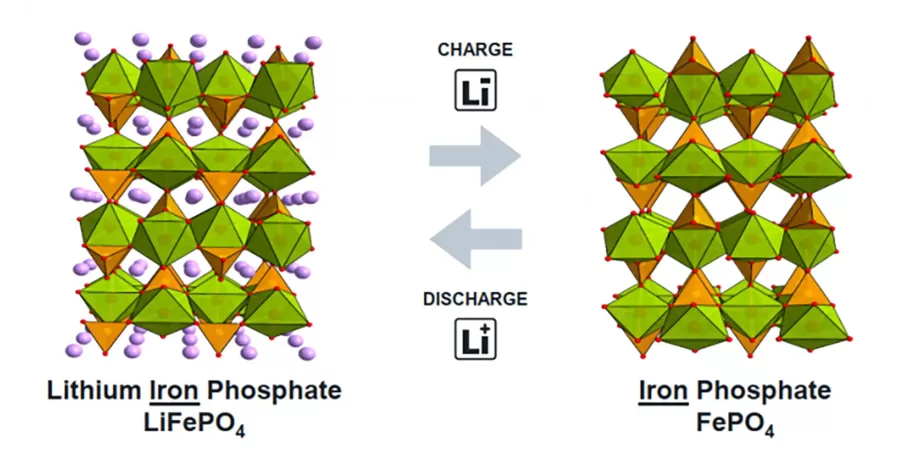
When the LiFePO4 battery is charging, the lithium-ion Li+ in the positive electrode migrates to the negative electrode through the polymer diaphragm; during discharge, the lithium-ion Li+ migrates from the negative electrode to the positive electrode via the diaphragm. In general, the nominal voltage of the LiFePO4 battery is 3.2V, the termination charging voltage is 3.6V, and the cut-off voltage is 2.0V.
LiFePO4 battery owns 2000 life cycles with 1C charge and discharge rate. Besides, the puncture test does not explode and the overcharge is not easy to burn and explode. Its safety performance and cycle life have greater advantages. LFP cathode material makes high-capacity lithium batteries easier to connect in parallel and series. From the principle of the material, lithium iron phosphate is also a kind of embedding, de-embedding process, this principle is identical with LiCoO2, and LiMn2O4.
What Are the Different Types of LiFePO4 Batteries?
LiFePO4 battery type according to the core packaging will have different ways of expression, the core is mainly divided into three kinds: cylindrical, soft pack, and square.
Cylindrical LiFePO4 battery type
Cylindrical battery common models A, AA, AAA, C, D, F, etc., and cylindrical LiFePO4 battery models are the most common. On the other hand, the most widely used specification is 18650 models, forms of battery expression: ICR18650, 3.2V, 2800mAh. 18650 represents the external size of the battery: 18 refers to the battery diameter of 18.0mm, and 650 refers to the battery height of 65.0mm. Due to the differences in the level and mode of the production process of manufacturers, the size allows a certain gap to exist, the gap is ± 0.02mm.
Pouch Soft LiFePO4 battery type
Pouch LFP batteries, in the form of a wider range of appearance, can be triangular, square, round, curved, and so on. Therefore, the pouch LFP battery model will be complex and diverse different manufacturers have different model specifications, so this type of battery is mostly customized cell batteries. But its nominal voltage is also 3.2V, this is due to the lithium iron phosphate battery material characteristics of the decision.
Prismatic LiFePO4 battery type
Prismatic LiFePO4 batteries are mostly used in new energy vehicle batteries and energy storage battery packs. The model of the battery is expressed in terms of thickness, width, and length, such as 60Ah, 3.2V, 30-135-220 mm, 70Ah, 3.2V, and 30-135-222 mm. They represent the same thickness of 30mm and width of 135mm, but different lengths of 220mm and 222mm respectively. Prismatic LiFePO4 battery models have a nominal voltage of 3.2V, except that the size and capacity can be different.
Each type of LiFePO4 battery has its advantages and considerations. Cylindrical batteries are popular for their versatility and availability, prismatic batteries offer higher energy density, and pouch batteries provide flexibility in design. The choice of battery type depends on the specific application, size restrictions, and power requirements.
What Are the Benefits and Cons of LiFePO4 Batteries?
The main advantages of lithium iron phosphate (LiFePO4) batteries are as follows:
High Safety Performance
The P-O bond in the LiFePO4 crystal structure is stable and difficult to decompose. Even under high temperatures or overcharging conditions, it does not undergo structural collapse or generate highly oxidizing substances like lithium cobalt oxide batteries. LiFePO4 has a decomposition temperature of approximately 600°C, which contributes to its excellent safety performance.
Long lifespan
Lead-acid batteries typically have a cycle life of around 300 cycles, with a maximum of approximately 500 cycles. In contrast, LiFePO4 batteries can achieve a cycle life of over 2000 cycles when using standard charging (0.2C, 5 hours). Under the same conditions, LiFePO4 batteries have a theoretical lifespan of 7 to 8 years, while lead-acid batteries of the same weight typically last no more than 1 to 1.5 years. Taking all factors into account, the performance-to-price ratio of LiFePO4 batteries is theoretically more than four times that of lead-acid batteries.
High-temperature resistance
LiFePO4 batteries have a wide operating temperature range (-20°C to +75°C) and exhibit excellent high-temperature resistance. The thermal peak of LiFePO4 batteries can reach 350°C to 500°C, while LiMn2O4 batteries and LiCoO2 batteries only reach around 200°C.
Large capacity
LiFePO4 batteries have a larger capacity compared to ordinary batteries such as lead-acid. The energy density of lead-acid batteries is approximately 40 Wh/kg, while mainstream LiFePO4 batteries in the market achieve energy densities of 90 Wh/kg or higher.
No memory effect
LiFePO4 batteries, like most lithium-ion batteries, do not have memory effects. They can be recharged and used at any state of charge without needing to be fully discharged first. Rechargeable batteries often experience a decrease in capacity if they are frequently operated without being fully discharged, known as the memory effect.
Lightweight
LiFePO4 batteries of the same capacity have a volume that is two-thirds of lead-acid batteries and a weight that is one-third of lead-acid batteries. However, their energy density is several times higher than that of lead-acid batteries.
Environmentally friendly
LiFePO4 batteries are generally considered to be free of heavy metals and rare metals, non-toxic (SGS certified), non-polluting, and compliant with the European RoHS regulations. They are considered green and environmentally friendly batteries. The environmental friendliness of lithium batteries is one of the key reasons they are favored by the industry.
LiFePO4 Batteries Disadvantages
Threat of elemental iron: During the sintering process in the preparation of LiFePO4, there is a possibility of iron oxide being reduced to elemental iron under high-temperature reducing atmospheres. Elemental iron can cause micro-shorting in batteries and is the most undesirable substance in battery systems. This is also the main reason why Japan has not adopted this material as the primary cathode material for power-type lithium-ion batteries.
Performance deficiencies: LiFePO4 has some performance shortcomings, such as very low tap density and compacted density, resulting in a low energy density of the battery. It also has poor performance at low temperatures, even with nanosizing and carbon coating, this issue remains unresolved. Test results of LiFePO4 batteries indicate that they are unable to power electric vehicles at temperatures below 0°C. Although some manufacturers claim that LiFePO4 batteries have good capacity retention at low temperatures, this is only true under conditions of low discharge current and very low discharge cutoff voltage. In such situations, the devices cannot even start functioning.
Poor consistency: Whether from material preparation or manufacturing. It is difficult to ensure product consistency, and the voltage platform of lithium iron phosphate is narrower, which increases the difficulty of observability of the battery.
What Are the Applications of LiFePO4 Batteries?
LiFePO4 batteries have become the most popular choice for energy storage systems (ESS) in the solar and renewable industry. They are known for being safe, efficient, and having a super long lifespan. Different battery packs with voltages of 12V, 24V, and 48V are commonly used as replacements for traditional lead-acid batteries.
For small solar systems, the CM Batteries LiFePO4 Battery is recommended, such as the 12V/24V 200Ah or higher 48V300Ah options. The CM Batteries 12.8V battery is a good example because the same size case as the original lead-acid battery that can be directly replaced and upgraded.
Modular LiFePO4 batteries are commonly used in various applications, including electric vehicles, renewable energy storage, uninterruptible power supplies (UPS), and portable electronic devices. Modular lithium iron phosphate batteries are series-parallel battery packs that are also more stable due to an improved BMS.
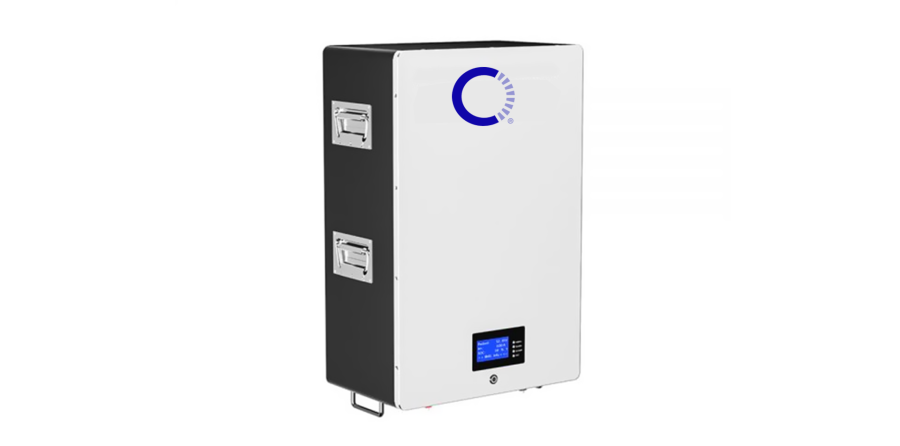
For residential solar systems, the “power wall” type of LiFePO4 battery is popular due to its aesthetic appeal and ability to fit into interior decoration.
In areas where power outages are frequent, LiFePO4 batteries are a better choice for UPS systems as they offer a longer cycle life compared to lead-acid batteries. However, in areas with rare power outages, lead-acid batteries may be more cost-effective.
For golf carts, low-speed vehicles, electric vehicles, CCTV and security systems, solar cameras, RVs, motorhomes, caravans, boats, and marine applications, LiFePO4 batteries are preferred due to their lighter weight, higher performance, and longer cycle life.
Overall, LiFePO4 batteries are increasingly being used in various industries and applications due to their numerous advantages and advancements in technology.
How To Charge A LiFePO4 Battery Pack?
Charging a LiFePO4 battery properly is similar to charging a lead-acid battery. The charge process can be divided into three stages: Constant Current (CC) Charge, Constant Voltage (CV) Charge, and Trickle Charge.
Constant Current (CC) Stage
During the Constant Current (CC) Charge stage, a constant charging current is applied, causing the voltage to continuously increase until it reaches the maximum voltage, such as 14.6V.
Constant Voltage (CV) Stage
In the Constant Voltage (CV) Charge stage, the voltage is held constant while the charging current slowly decreases to below 0.05C.
Trickle (Float) Charging
The Trickle Charge, also known as the float charge, is not necessary for LiFePO4 batteries. Unlike lead-acid batteries, LiFePO4 batteries do not need to be charged to 100% to avoid sulfation. Overcharging a LiFePO4 battery can lead to the accumulation of too many lithium ions, causing electron escape. The recommended charge/discharge cycle for LiFePO4 batteries is 10% to 90%.
Recommended Charging Parameters
The charge voltage for LiFePO4 batteries should be between 14.0V and 14.6V at 25℃, or 3.50V to 3.65V per cell. The best charge voltage is 14.4V or 3.60V per cell. Charging beyond 3.65V per cell may slightly reduce capacity but increase the number of cycles. If the battery voltage exceeds the recommended range, charging should be stopped immediately. LiFePO4 batteries do not require float charging. If the charger has a float voltage setting, it is recommended to set it at 13.6V to prevent any charging effect on the battery.
LiFePO4 batteries charge at temperatures ranging from 0°C to 55°C. Charging below 0°C may crystallize the lithium ions and reduce the effective capacity. However, some low-temperature LiFePO4 batteries have built-in self-healing mechanisms that allow charging at temperatures around -10°C. The battery management system (BMS) controls the internal heating of the battery in these cases.
Before connecting LiFePO4 batteries in a series, it is important to fully charge all batteries to ensure high consistency. This helps prevent one battery from reaching high or low voltage levels before the others, which can lead to energy imbalances. Regularly checking the battery voltage and keeping the voltage difference within 50 can extend the battery’s lifetime. Battery balancers can also be considered if the voltage difference is large.

Can Li-ion BMS Be Used for A LiFePO4 Battery?
The answer is a definite “NO”. A Li-ion Battery Management System (BMS) cannot be utilized directly with a LiFePO4 (lithium iron phosphate) battery. LiFePO4 batteries differ in their properties and charging needs from other types of lithium-ion batteries, such as lithium cobalt oxide (LiCoO2) and lithium manganese oxide (LiMn2O4).
LiFePO4 batteries have a different voltage range and charge/discharge characteristics compared to other lithium-ion chemistries. They typically have a lower voltage platform (around 3.2-3.3V per cell) compared to the higher voltage platforms (around 3.6-3.7V per cell) of Li-ion batteries. Additionally, LiFePO4 batteries have a more stable chemistry, lower risk of thermal runaway, and longer cycle life.
For safe and optimal LiFePO4 battery operation, always use a dedicated BMS designed specifically for LiFePO4 chemistry.
Key BMS requirements include:
- Maintaining cell balancing
- Programming voltage thresholds to match LiFePO4 specifications
- Calibrating charge/discharge rates for battery safety
- Monitoring temperature in real time
Using a Li-ion BMS designed for other lithium-ion chemistries with a LiFePO4 battery can lead to inaccurate monitoring, improper charging, and potential safety risks. Therefore, it is important to use a specific design BMS for LiFePO4 batteries to ensure optimal performance, safety, and longevity of the battery.
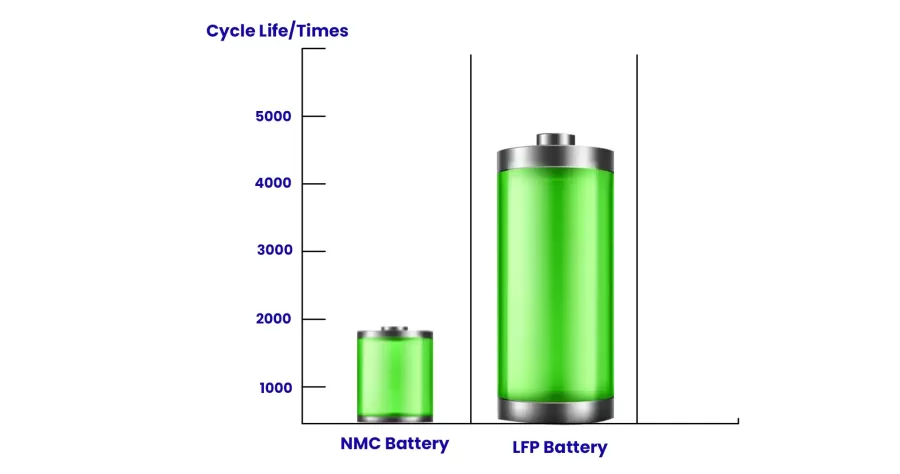
Comparison of LiFePO4 batteries with other lithium-ion batteries
Rechargeable lithium-ion batteries come in different types, namely Li-Po (Lithium Polymer), Li-ion (Lithium Ion), and LiFePO4 (Lithium Iron Phosphate), and each has its own set of distinctions. As shown in the table below:
| Feature | Li-Po | Li-ion | LiFePO4 |
| Chemistry | Polymer electrolyte | Liquid electrolyte | Lithium iron phosphate cathode |
| Energy Density | Highest | Medium | Lowest |
| Safety | Less safe | Moderately safe | Safest |
| Cycle Life | Moderate | Medium | Highest |
| Cost | Lowest | Medium | Highest |
| Common Uses | Drones, RC vehicles | Laptops, smartphones, power tools | Electric vehicles, renewable energy storage |
LiFePO4 batteries offer the safest and most durable lithium-ion chemistry, though their lower energy density and higher cost limit some applications.
LiFePO4 batteries are revolutionizing the battery industry with their exceptional safety, long lifespan, and reliable performance. Their adaptability makes them appropriate for a wide range of applications. To understand the unique characteristics, charging requirements, and benefits of LiFePO4 batteries, contact us for more details.


